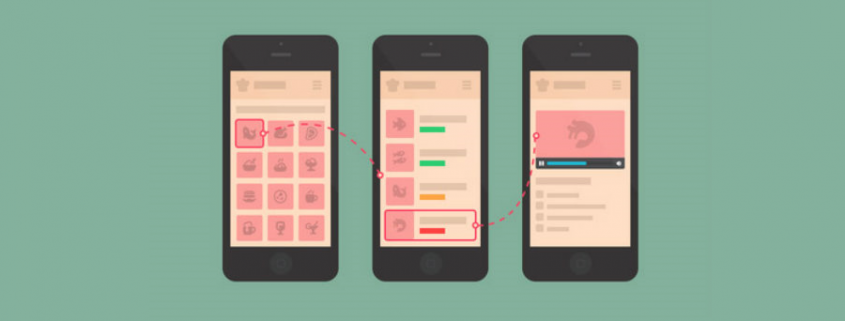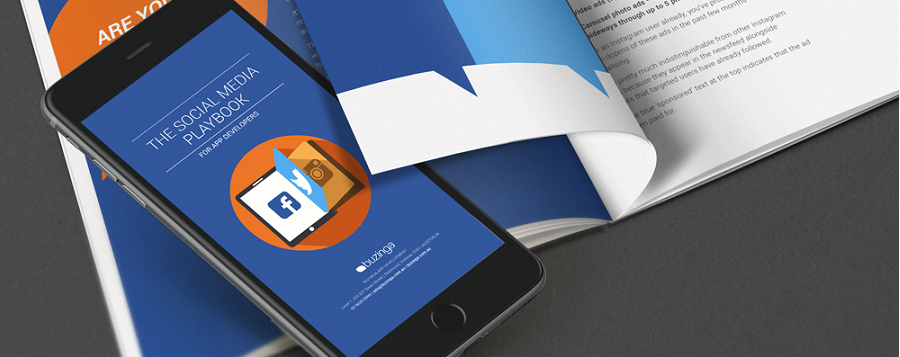What You Can Learn From These 3 Apps That Use In-Feed Mobile Native Ads
This is a guest post by Nikolett Virag of PubNative.
As native advertising sweeps through the ad tech industry, app publishers are no longer standing for monetization through ads that interrupt and infuriate users.
Publishers and users alike want an experience that is enjoyable and doesn’t force people away from the app.
As the name suggests, in-feed native ads sit within:
- Newsfeeds and timelines (in-feed social)
- On content boards (in-feed content), or
- In product listings (in-feed commerce)
A number of publishers have been particularly savvy in their use of these.
Unsurprisingly, most of these are the major players, large social media publishers. But what can we learn from the way they are doing things?
1. Instagram – Ensure the inventory fits the app
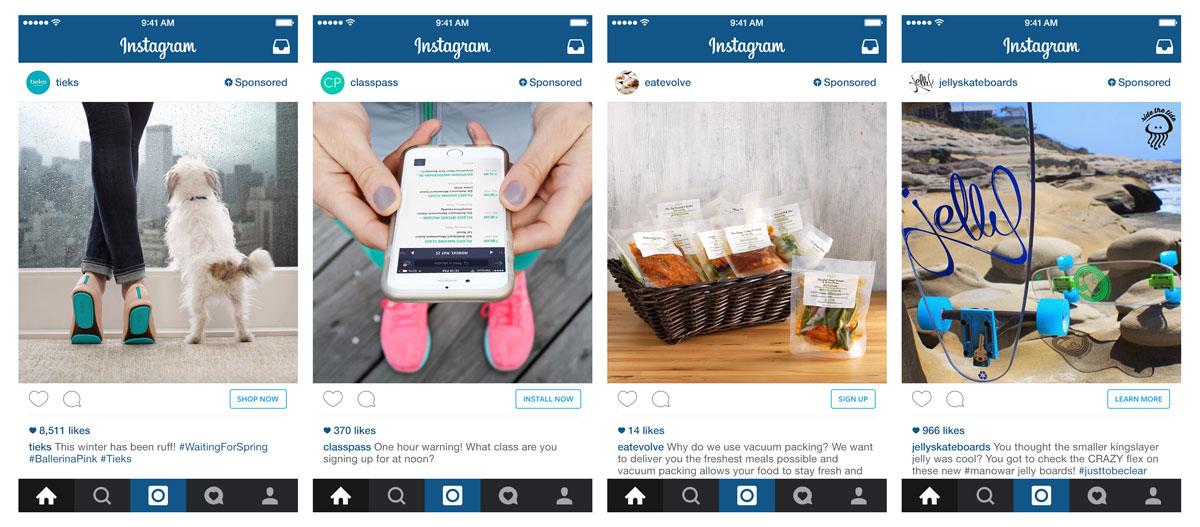
Whilst not as large as parent company Facebook, Instagram boasts over 400 million users, and growing.
Instagram users expect extremely high quality imagery, with posts always centered around a photo or image.
As such, since integrating in-feed native adverts on the platform in 2015, successful advertisers have typically made the most of this, with strong graphics.
Learn how to craft your own, highly effective app install ads on Instagram in this blog here.
The success of advertising on Instagram fundamentally comes down to how well the platform has created its in-feed inventory.
Rather than making adverts that differ from its standard form, inventory matches it – focusing on the graphical element that has made the app so well-regarded.
Ultimately, it’s important that in your app you consider this.
The user expectation of what’s going on in the rest of the app should dictate your inventory creation.
2. Twitter – Design your ad inventory with interaction times in mind
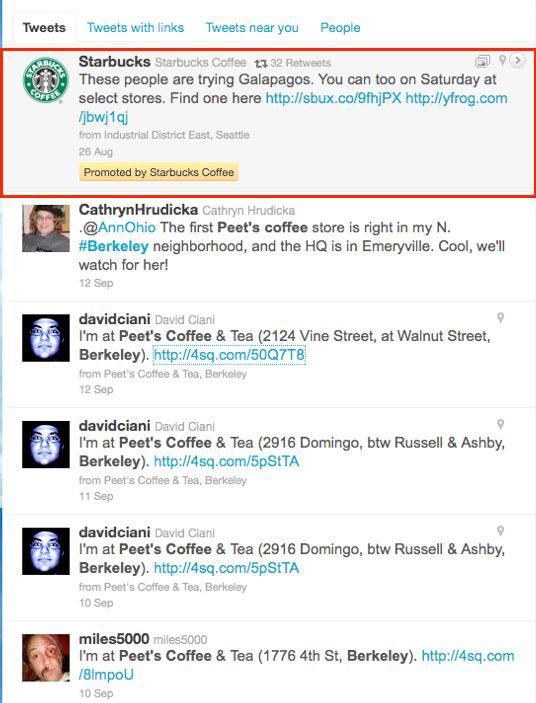
The beauty of a platform like Twitter is often said to be its immediacy.
The micro-blogging app allows a constant stream of information in Tweet form.
But this constant stream means that posts – and adverts contained within them – disappear quickly from a user’s feed.
Ad inventory therefore needs to reflect space for large imagery and calls to action to allow a message to be delivered quickly, in turn increasing effectiveness of advertising in the app.
Why is this important?
If advertisers see higher Click Through Rates in your app then they are more likely to want to advertise with you, in turn increasing your monetisation potential.
See also: How To Use Twitter To Increase Your App Downloads
3. Pinterest – Optimize inventory for cross-platform integration
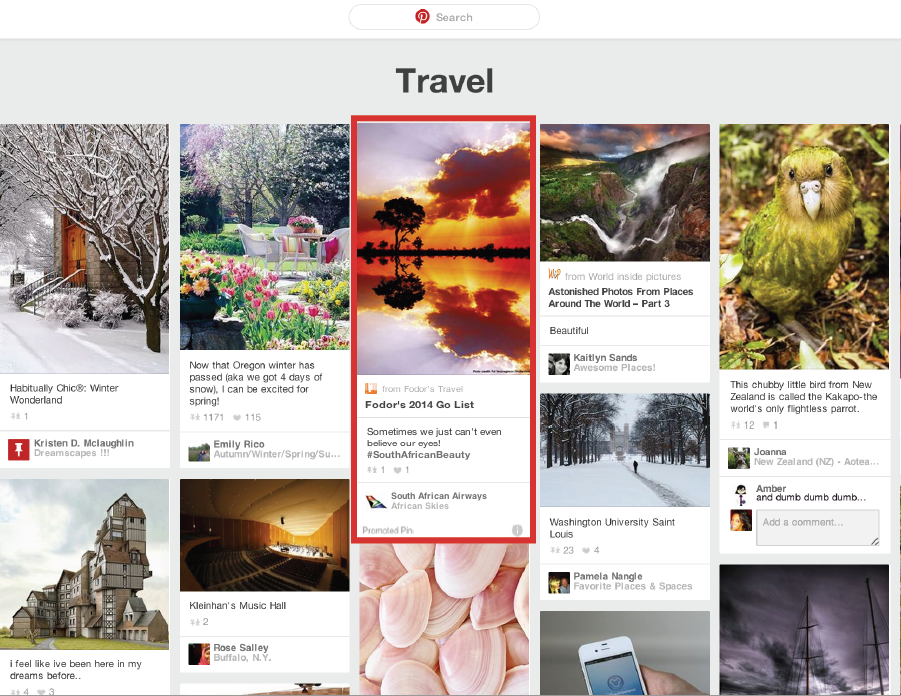
Whilst by far the smallest of the three apps that we’ve discussed, with only 100 million users per month, Pinterest boasts impressive cross-platform integration within its app.
The development of in-app navigation has come as a response to users’ dislike of being bounced around between apps when clicking a link.
Pinterest have done this extremely well through the integration of several features within their ‘rich post’ native ads.
Included in these features are App Pins, which have an install button so that users can download your app without ever leaving Pinterest.
Place Pins include information such as map, address, and phone number, whilst Product Pins include availability and real time pricing.
The key success of Pinterest’s in-feed native adverts is clear: Through cross-platform integration they boost user experience, encouraging positive sentiment amongst users towards the ads.
Consider how you can maximise this within your app ad inventory, as ultimately, it keeps users in your app for longer!
Learn how to take advantage of Facebook, Twitter and Instagram’s native advertising options in our Social Media Playbook For App Developers. Get it below!

